How to Avoid Potential Risks with Botox
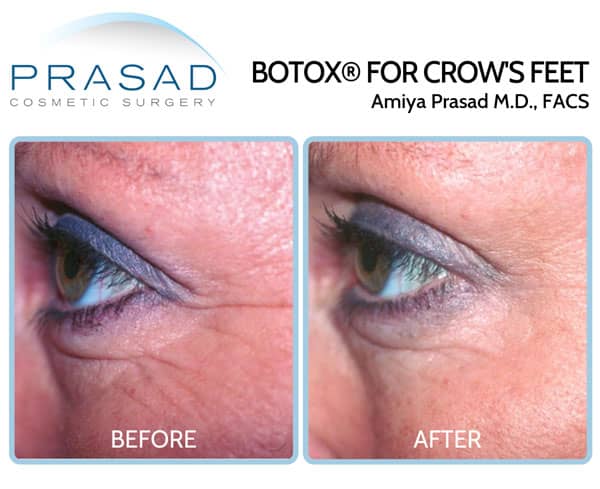
For years, Botox or botulinum toxin injections for aesthetic purposes have been the world’s most popular non-surgical cosmetic medical procedure. In the United States, the other botulinum toxins are Dysport and Xeomin. As one of the first doctors to use botulinum toxin in 1993 before it was used for cosmetic purposes, I can share my experience and how I advise my patients on the possible risks with Botox in my practice.
As I previously stated, as an oculoplastic surgeon, I was among the first to deliver Botox to patients for the treatment of neurological conditions such as hemifacial spasm, and benign essential blepharospasm. In fact, shortly after completing my fellowship study, I became a division chief at a hospital where I was the only one permitted to use botulinum toxin. If other doctors at the hospital wanted to use botulinum toxin, they had to contact me and present their request, and it was my responsibility to approve their usage of Botox.
I was so focused at the time on Botox’s multiple medical and neurological applications that I wondered how people could willingly subject themselves to a neurotoxin responsible for paralysis and death, as is the case with botulism, in order to improve their wrinkles. Clearly, the world has since embraced botulinum toxin for cosmetic purposes.
Understanding Botox Treatment
Botulinum toxin is widely used for face enhancement, and even to reduce underarm sweating. Botulinum toxins are not fillers, but operate by interfering with nerve signals sent to muscles. By inhibiting the nerve signal, the muscle does not contract, or becomes less active. For example, deep frown lines are caused by the corrugator and procerus muscles.
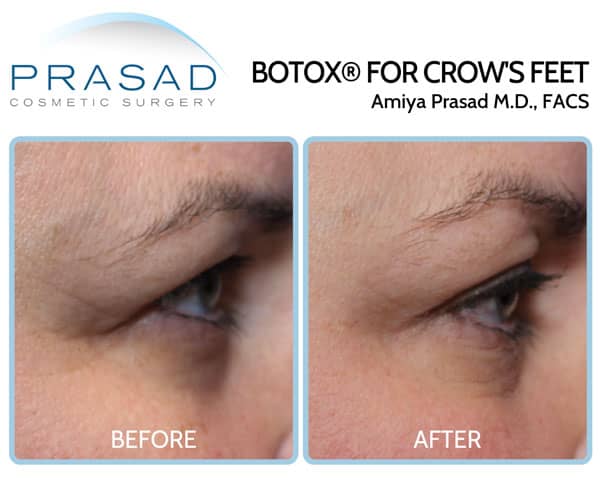
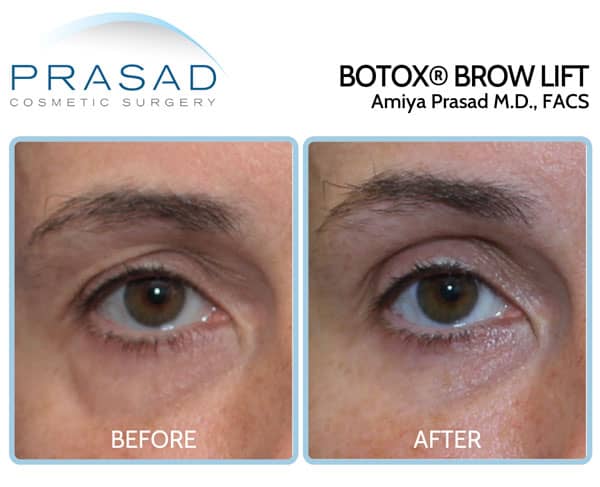
The lines are reduced after botulinum toxin injection because the muscles are less active. Botox’s effect can last from three to six months. In my practice, I usually see patients every four months.
The most common problem I address is the fear of looking overdone. This issue is generally followed by a list of popular persons who the patient claims appear “Botoxed” or “frozen”.
As with any facial enhancement evaluation, I explain the possible role of botulinum toxin in the context of other concerns that are commonly present, such as hooded upper eyelids, under eye bags, cheek volume loss, and thinning lips.
I show area-specific treatments such as crow’s feet, frown lines, depressed brows, and downturned lips.
Botulinum toxin’s effects often appear within three days after treatment, and peak around two weeks after treatment. My patients don’t appear frozen or fake; they just look better. Since I see my patients routinely 2 weeks after injectables, I assure them that I can start conservatively to see how they respond.
As with any procedure that requires needles, some people are more concerned about the needles than the outcome of treatment. To make my patients more comfortable, I use both topical anesthetic and nitrous oxide sedation.
People can drive after having nitrous oxide sedation, which is often used during dental treatments. I also utilize the shortest needles, and my technique has consistently been effective for patient comfort.
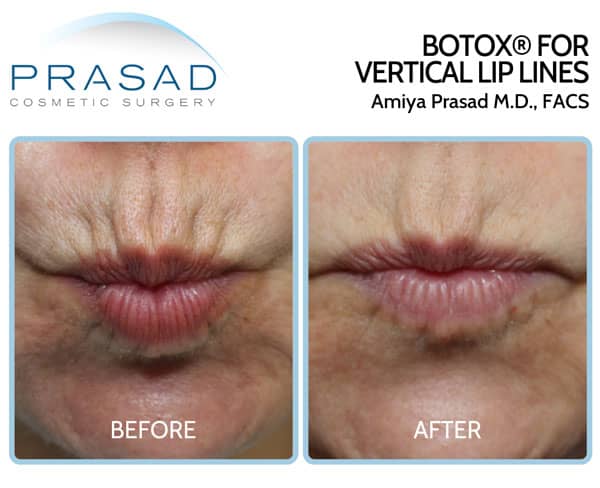
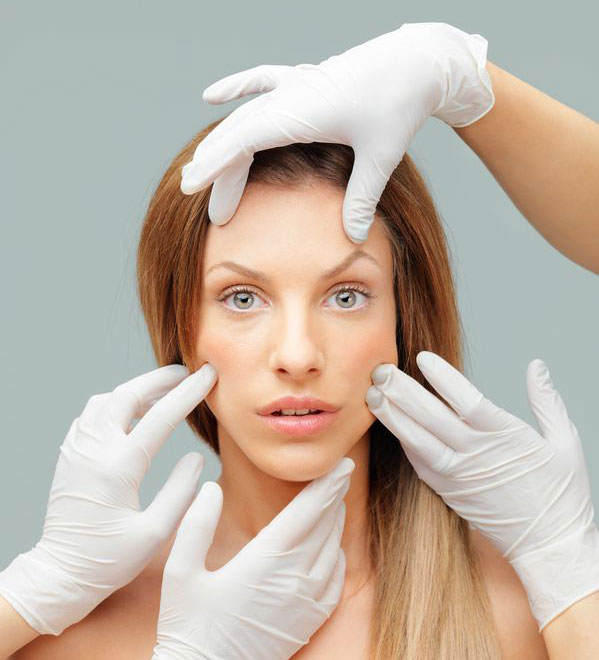
Possible Risks with Botulinum Toxin
Asymmetries, and botulinum toxin affecting non-targeted muscles unintentionally pose a concern. Asymmetries, such as unequal brows, can be corrected by further botulinum toxin treatment to achieve a better balance. Sometimes a facial muscle, such as in the upper eyelid, is damaged, causing transitory mild ptosis.
Since the botulinum toxin was not directly injected into this location, the impact is generated by a low dose, which implies muscular activity usually returns much sooner than in purposely treated muscles.
Problems with botulinum toxin, and fillers are frequently related with persons who believe that cheap Botox or fillers are a good option. Understanding the least cost to the practitioner, it is clear that many of the common low-cost botulinum toxins are delivered by over dilution of the material, resulting in effects that do not last as long as they should. Instead of calling it cheap Botox, it is often referred to as expensive water.
Is Botox Safe?
Botox is safe, but the product is as good as the practitioner performing the procedure. Knowing muscular anatomy and how to accurately dose and place is an art that takes years to master. You can pick how much you want to invest in your facial appearance.
I believe that based on my own experience, the dangers of botulinum toxin can be reduced by having the procedure performed by an experienced physician in an office setting who will be available if something unexpected happens.
I hope you found this information helpful.
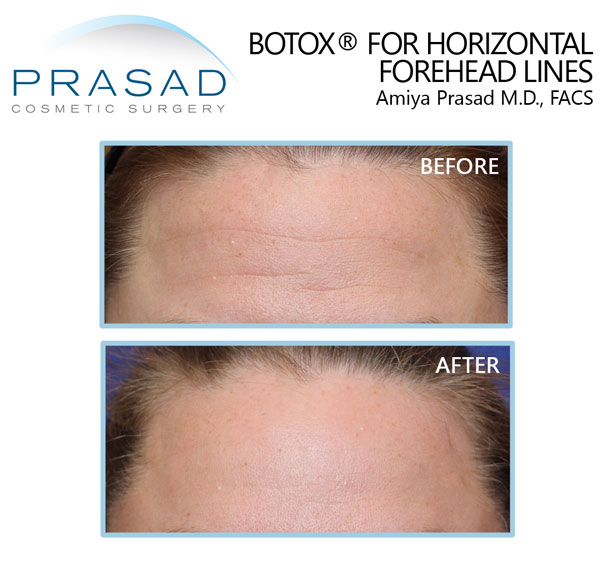
Medi Spa in NYC and Long Island, New York
Dr Amiya Prasad is a Board Certified Cosmetic Surgeon and Fellowship Trained Oculofacial Plastic and Reconstructive Surgeon. He’s been in practice in Manhattan, New York City and Garden City, Long Island, New York for over 25 years.
To schedule a consultation, fill out the form below or call any of our offices: (212) 265-8877 for Manhattan, (516) 742-4636 for Garden City Long Island Office, or (703) 356-1336 or (703) 821-2683 for Vienna, Virginia.

